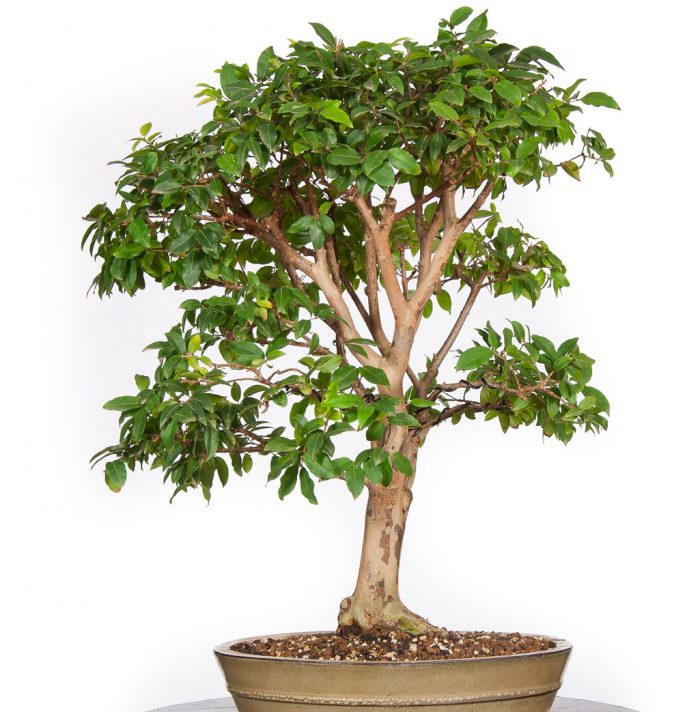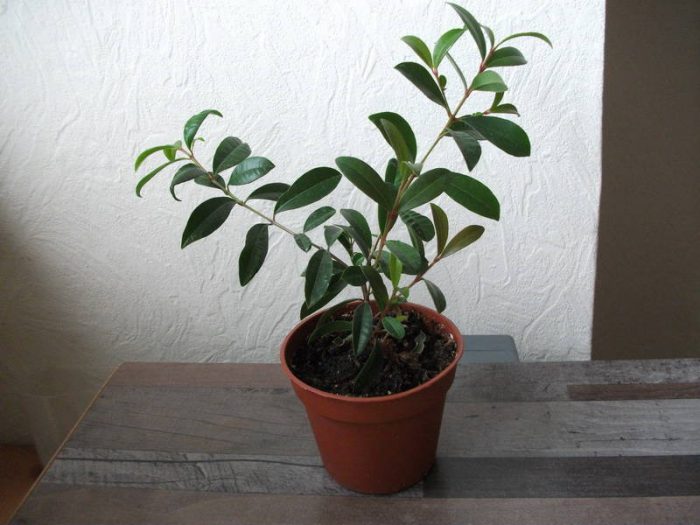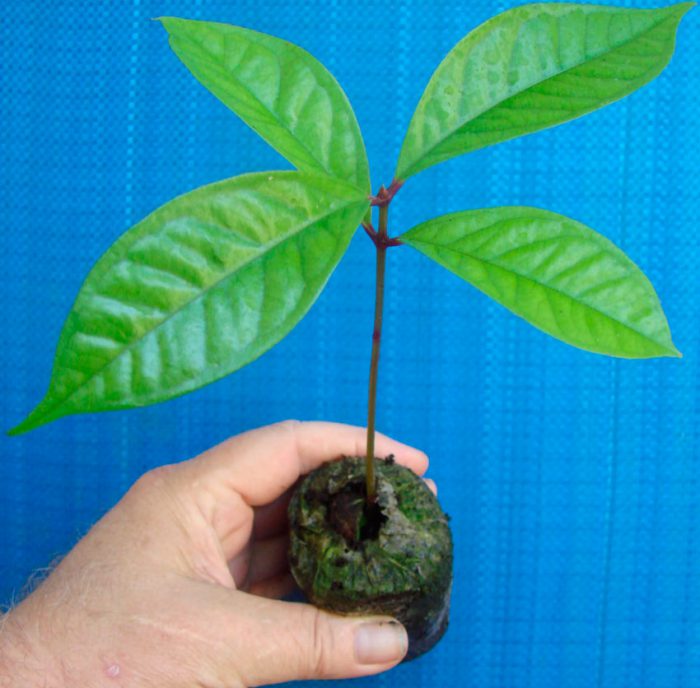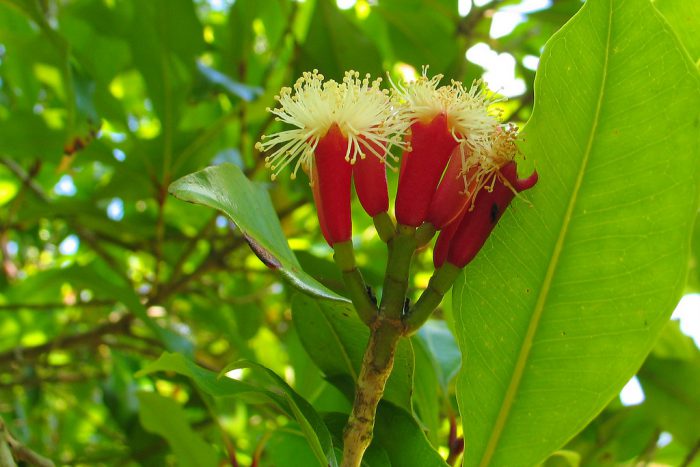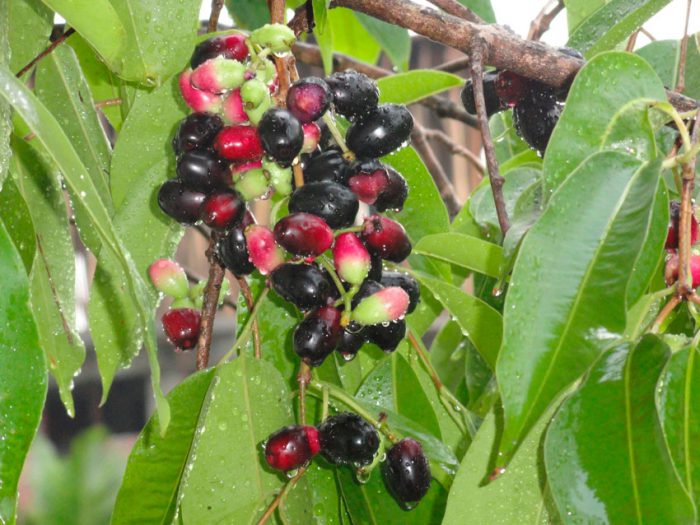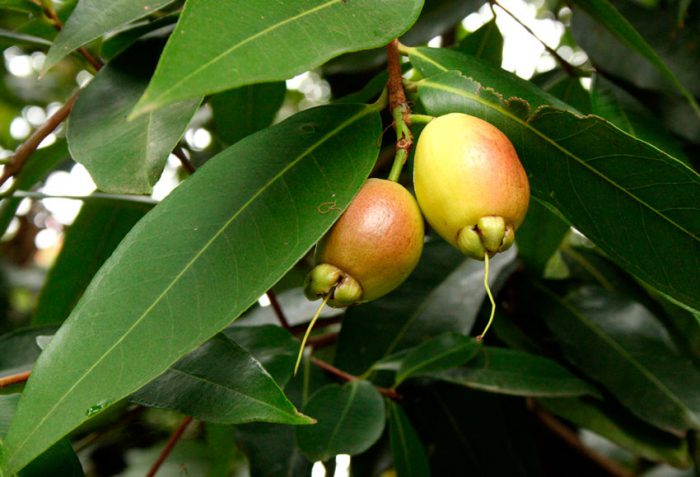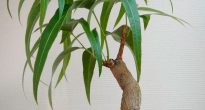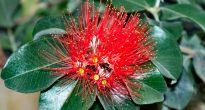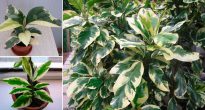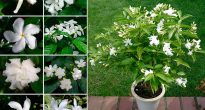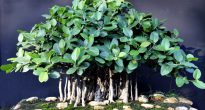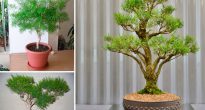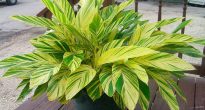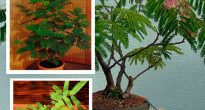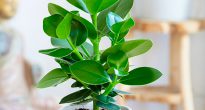A plant like syzygium (Syzygium) is represented by evergreen shrubs, as well as trees that belong to the myrtle family (Myrtaceae). In nature, it can be found in the tropical countries of the Eastern Hemisphere (for example: Malaysia, Madagascar, Australia, India and Southeast Asia).
The name of this plant is derived from the Greek word "syzygos" - "paired". This applies to leaves that are oppositely located.
Such an evergreen plant can reach a height of 20 to 30 meters. A young growth has a high decorative effect, so its color is reddish. The shiny leathery leaves are simple and opposite. The glands of foliage contain essential oils, which are widely used in cooking, medicine, and also in perfumery. The flowers are collected in axillary inflorescences and are pink, white or lilac in color. They have 4 sepals and a large number of stamens. The flowers can be up to 10 centimeters in diameter. In a large number of species of this plant, the fruits are edible.
Syzygium care at home
Illumination
He prefers very bright lighting, while not a very large amount of direct sunlight will not harm him at all. However, from the scorching midday sun rays in the summer, it needs shading. In winter, the plant must be supplemented with fluorescent lamps, while the duration of daylight hours should be from 12 to 14 hours. It grows well under intense artificial light without any sunlight at all.
Temperature regime
In the spring-summer period, the plant needs moderate temperatures, ranging from 18 to 25 degrees. With the onset of autumn, the temperature should be gradually reduced. At the same time, in the winter, it is recommended to keep it cool from 14 to 15 degrees.
Humidity
Needs high humidity, as well as systematic moisturizing of foliage from a sprayer. If wintering is cold, then spraying cannot be carried out.
How to water
In the spring and summer, watering should be systematic. So, the plant is watered after the top layer of the substrate dries. With the onset of autumn, they water less.If the wintering is cool, then watering should be very sparse, but the earthen coma should not be allowed to completely dry out. Watering should be done with soft, filtered or well-settled water at room temperature.
Top dressing
Top dressing is carried out in spring and summer 1 time in 2 weeks. For this, mineral fertilizers are used. In autumn and winter, fertilizers are not applied to the soil.
Transplant features
The transplant is carried out in the spring. Young specimens - once a year, and adults - if necessary. The soil mixture should have the composition: 2 parts of sod land and 1 part of leaf, peat and humus soil, as well as sand. Be sure to make a good drainage layer at the bottom of the container.
Reproduction methods
It can be propagated by cuttings, seeds and aerial shoots.
Only fresh seeds should be sown. Before sowing, they need to be immersed for a while in a fungicidal solution. Sowing is done in January or February. The container should be covered with a film or glass on top and removed to a well-lit, warm (from 25 to 28 degrees) place. Systematic ventilation and spraying from a sprayer are required.
A pick of seedlings is done after 2 true leaves grow. For planting, use pots with a diameter of 7 to 8 centimeters. Watering should be abundant. You need to place the plant in a brightly lit place, while the temperature at night should not drop less than 16 degrees, and in the daytime - less than 18 degrees.
Semi-lignified cuttings are rooted at a temperature of 24 to 26 degrees. After they take root, they should be transplanted in a container with a diameter of 9 centimeters.
Diseases and pests
If the air humidity is too high, then spots will form on the leaf plates, and this will provoke their death.
Main types
Fragrant syzygium, or Clove tree (Syzygium aromaticum)
Such an evergreen tree can reach a height of 10 to 12 meters. Elongated, solid-edged, dark green leaf plates in length can reach 8-10 centimeters, and in width - from 2 to 4 centimeters. The flowers are collected in several pieces in half-umbrellas and are white in color. The unblown buds are of the greatest value. They are a quarter of essential oils. Once they start to turn reddish, they are collected and dried in the sun. Dried fruits acquire a dark brown color, a burning taste and a spicy smell. This spice is commonly known as cloves.
Syzygium cumin (Syzygium cumini)
This evergreen tree can be up to 25 meters high. The bark and branches are grayish or white in color. Dark green, leathery, slightly thickened leaves are oval in shape, reaching 15–20 centimeters in length and 8–12 centimeters in width. Whitish flowers, collected in false umbrellas, can reach 15 millimeters in diameter. The purple-red oval fruit is 10-12 millimeters in diameter.
Syzygium jambos (Syzygium jambos)
Such an evergreen tree can reach a height of about 8-10 meters. The green, dense, glossy leaves have an oblong-lanceolate shape, reaching 15 centimeters in length and 2 to 4 centimeters in width. At the tops of the stems there are whitish flowers collected in umbrella-shaped inflorescences. The yellow, rounded fruit is oval in shape.
Syzygium paniculata (Syzygium paniculatum) not so long ago it was called Eugenia myrtifolia
Such an evergreen shrub or tree can reach a height of 15 meters. Young growth has a red color, new branches are tetrahedral. As the plant matures, the bark begins to flake slightly. Shiny leaf plates in length can reach from 3 to 10 centimeters. They are opposite and have an elliptical or spear-shaped shape. On the surface of the foliage there are glands with essential oils. Flowers painted in white are part of paniculate brushes.The flowers have 4 petals, as well as protruding stamens. The fruit is a berry up to 2 centimeters in diameter. It is colored purple or magenta and can be eaten. Berries are part of brushes similar to grape.

